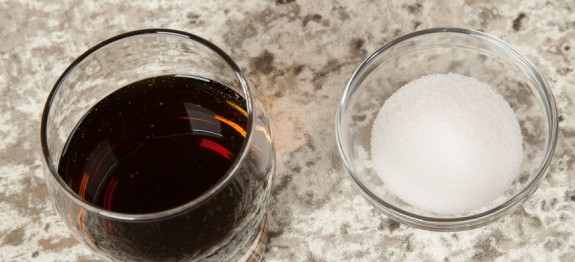Carcinogenic Caramel Color
Caramel color is the widely used coloring added to foods and beverages. It is found in colas, beer, soy sauce, Worcestershire sauce, cookies, cakes, and more.
At it’s simplest it is heated sugar cooked until the sugar caramelizes; liquifies and turns a uniform light to dark brown in color depending on the type of sugar used and how long it’s heated.
Caramelizing sugar at home is similar to cooking a rue. Take your eye off off it or use too high heat and you have burnt sugar.
Food manufacturers in the United States use caramel color made from high dextrose corn syrup, a cousin of high fructose corn syrup, ammonium compounds, acids, and alkalies.
Caramel color made with ammonia has 2-methylimidazole and 4-methylimidazole which the U.S. National Toxicology Program found causes cancer in mice, and the International Agency for Research on Cancer concluded they can be carcinogenic to humans.
The State of California’s Environmental Protection Agency classified 2-methylimidazole and 4-methylimidazole and carcinogenic under Proposition 65.
To read more about caramel color, click here to read a post on this topic by Nutrition Action.


